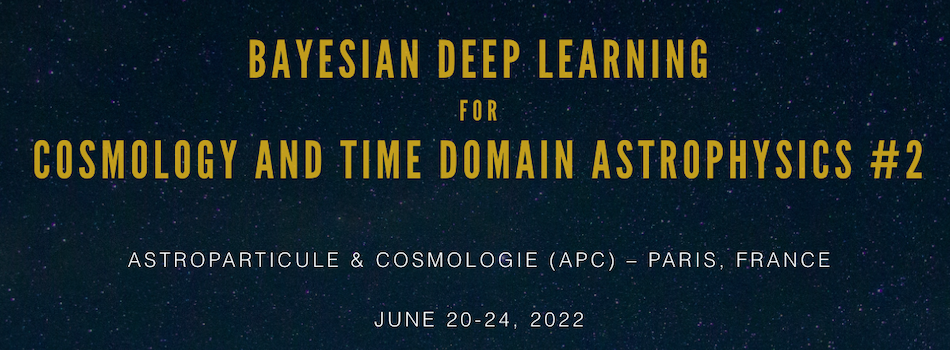Orateur
Description
One of the most important challenges in modern Cosmology will be to deal with enormous amount of data which will be produced by future cosmological and astrophysical surveys. Therefore, new methodologies such as Artificial Intelligence and Deep Learning (DL) should come to play to handle the computational expensive operations, automation and extracting of non explored data features and statistics.
On the other hand, there are plenty of cosmological models, in particular in the dark energy field, which have to be tested and explored. The latter would be essential to analyse the data provided e.g. by the Euclid satellite.
Up to now, standard cosmological analyses based on abundances, two-point and higher-order statistics have been widely used to investigate the properties of the large-scale structure of the Universe. However, these statistics can only exploit a sub-set of the whole information content available.
Along these lines, we aim at extracting clustering information of large-scale structures with various dark energy equation of state parameters by only considering the coordinates and masses of galaxy clusters. We introduce a new representation of the cosmic web data in form of graphs, in which the clustering information of cosmic tracers would be automatically included. This form of data can be fed to the fascinating branch of DL, Graph-Convolutional Neural network (GCNN).
GCNNs has been recently designed to deal with irregular and sparse data, and moreover they are built to capture the graph structure of data which is often very rich. In order to create a graph-structured data from dark matter halo catalogues, we consider different sets of Quijote simulations for different values of w0, and to build our appropriate GCNN, we utilise Spektral package which is based on Tensorflow and Keras.
In this work, we show that the built model is able to distinguish different dark energy models with very high accuracy, in both manner of Binary classification (acc = 99%) and Multi-class classifications (acc = 97%). Moreover, changing the problem to the regression, the model is able to predict the value of w0 with high precision.
Furthermore this method can be applied on any kind of astrophysical data which are characterised by point clouds, because Graph Neural Networks in general are suitable to apprehend global permutation invariant quantities.

